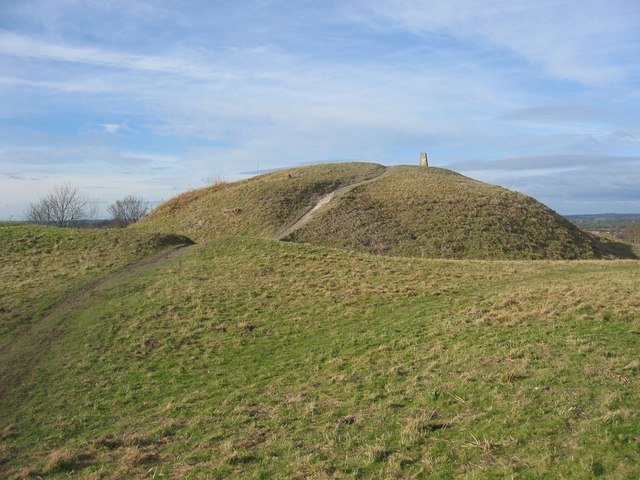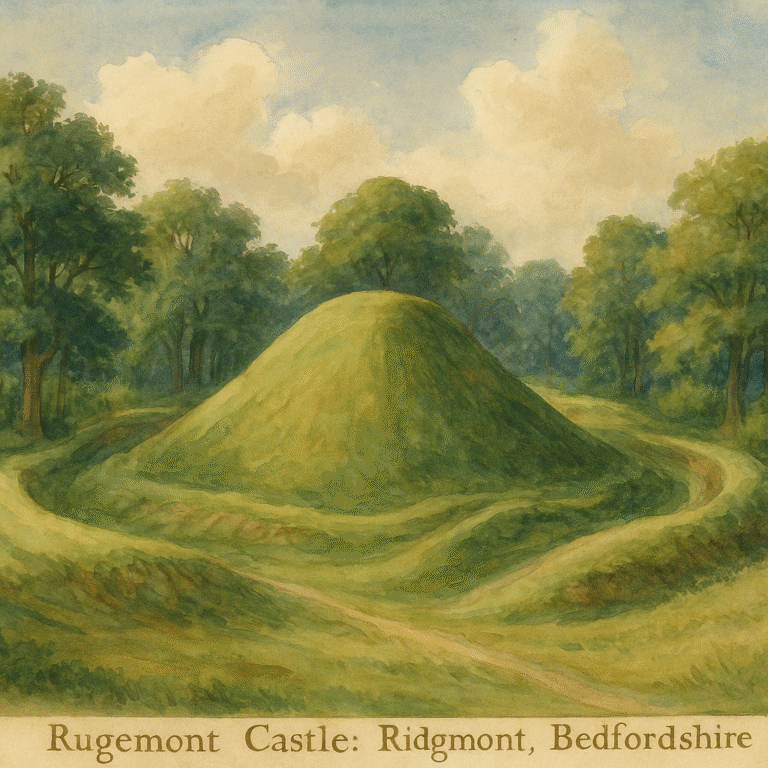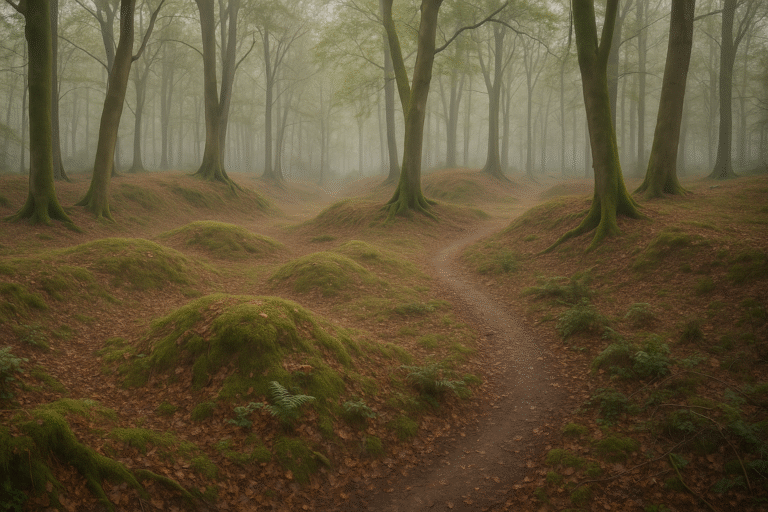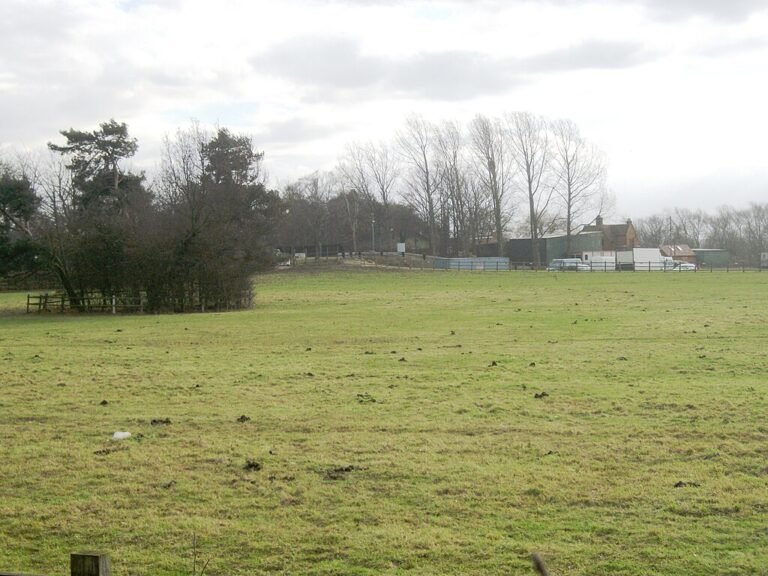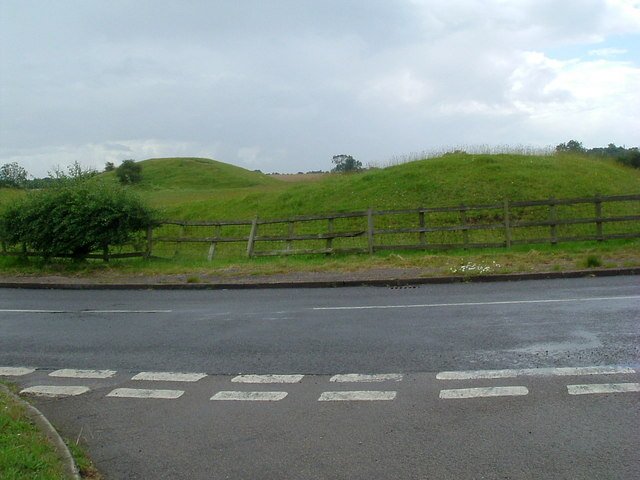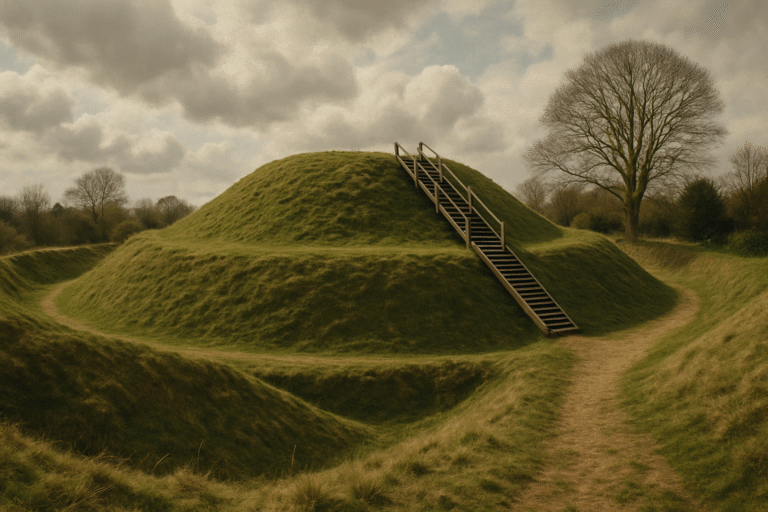Rugemont Castle: A Hidden Gem in Bedfordshire’s Historical Landscape
Rugemont Castle is a quiet gem in Bedfordshire’s countryside. This Norman motte-and-bailey site offers scenic trails, historical intrigue, and an off-the-beaten-path charm perfect for families, couples,
